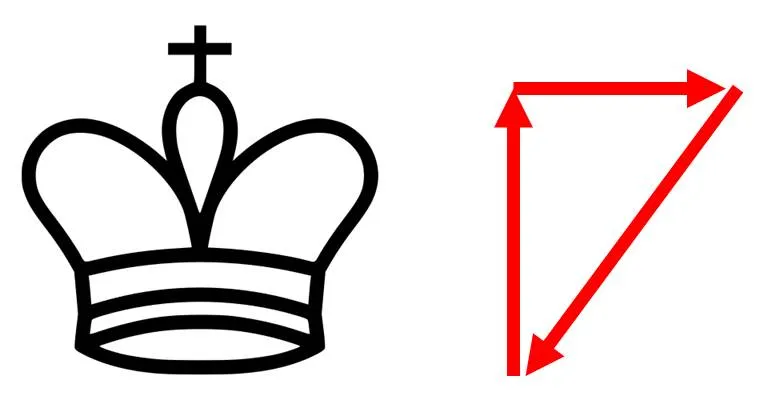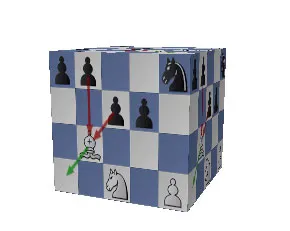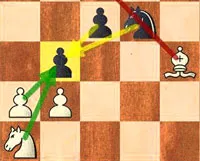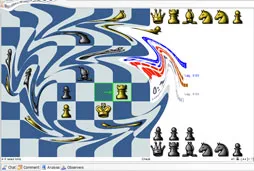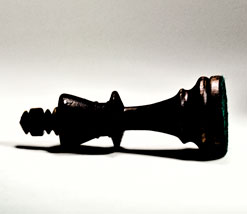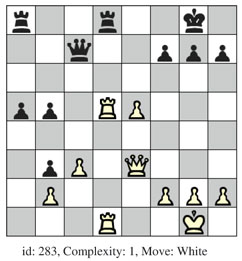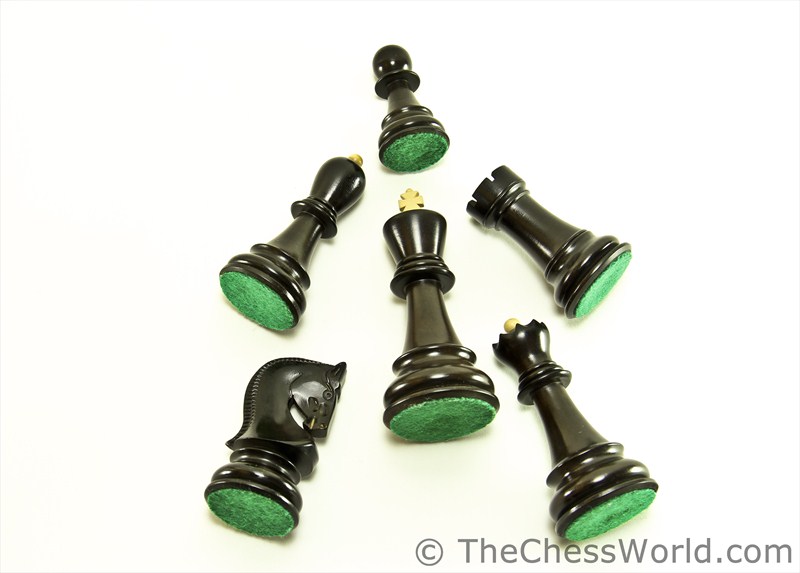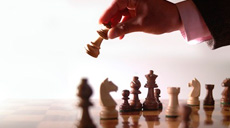Latest Posts - Page 140
Today’s topic is triangulation. We will cover a neat technique that will help you to win chess endgame positions in which it seems that’s impossible to make progress.
The triangulation is applicable in such endgame positions where you would like to lose a tempo, keeping the position the same.
In other words, if it’s not your move, but your opponent’s the game is won for you.
I know you might think, ‘What? Why do we want to lose a move, when we struggle so much to get a tempo in the opening or in the middle game?’ Endgames are completely different animals, sometimes to win a game we need to give up a move opportunity in order to drive the opponent’s King away from the important square.
Here is another (last week I covered Elephant’s Trap) good trap to have in your arsenal. It is called Mortimer Trap. It occurs in the one of the most commonly played chess openings called Ruy Lopez.
Black plays a passive move with its Knight in order to trick White to accept the pawn which would gain Black some material in the long run.
Elephant Trap is the trap for White that occurs in a popular variation of Queen’s Gambit Declined. White pins the Black’s f6 knight and captures the d5 pawn not realizing that it’s actually them who blundered and about to lose a piece, and most likely a game. It is a ‘must to know’ trap to have in your repertoire if you are a d4 player or/and if you often face 1.d4.
Not only it will help you win some online blitz games, but it also can trick an unaware yet greedy over the board opponent and bring you an easy win. It also helps to know the classical traps so that you don’t become a victim of one and lose a game prematurely without the fight..It’s never good.
Many of the players that play chess over the board also love to play online chess. At the same time many online chess play over the board chess. I have already posted about the differences between online and over the board chess, today we’ll strictly focus on online chess and all the things that come with it.
If you are a causal online chess player you will be interested in the list below…
All chess players have lost games. All chess players have lost games while being in a good position, maybe up some material. It is usually the most painful experience when you lose a chess game that you were winning just a move before. A little, tiny thing you do in one second can ruin previous hours of concentrated work and great amount effort put throughout the game.
The price of a wrong move is too high in chess. For instance, in basketball you can make a mistake, allow your opponent to score and you can keep playing and still have a good chance winning the game. In the game of chess if you drop your queen or miss a mate there is no way you can recover. Chess players are all different, but in one thing they all the same: no one likes losing.
I have always emphasized that tactics is one of the most important elements of chess on any level, and especially for the novice players. By perfecting tactical vision a chess player will be able to “see” more things going on at any chess game.
Not only will tactics helps to attack, fork and checkmate your opponent, but also it will shield you away from the opponent’s tricks winning and saving tons of games.
Today’s article will be dedicated to a very beginning type of chess players. Let’s assume you already know how to play chess (move pieces, castle, checkmate). That means, you have already reviewed the chess rules or something similar. The next step would probably be playing against some sort of online opponents or maybe even over the board ones.
Chances are, no matter where you have decided to test you chess abilities, online or over the board, the result will not be a very satisfactory one. Since it’s one of your very first chess games you will most likely lose. It’s perfectly okay. Then, there are two options, either you give up this game right away or you will start looking things up that can help you learn to play better chess. If you still reading this article, the chances are that you belong to the second type of players, want to learn chess and willing to invest some time and effort into it. Lets start to learn.
Here is the continuation of the chess humor series.
Many of you like to play chess, some of you also like to watch movies during the ‘free of chess’ time. How does an action movie like The Transporter can be used to interpret the Game of Kings?
At first, it seems like these two things are completely unrelated, but our guest blogger Swriter thinks differently. And not only thinks, but he was kind enough to share his ideas with me us and … well keep reading
Today’s topic is chess art. Here are some pictures of chess pieces’ combination that I have shot with Canon 60D DSLR camera. If you visit TheChessWorld.com on regular basis you probably will find some of these familiar. These are the images I have been using as my article’s pictograms. Some of them (actually most of them) however new and I haven’t published them before. Anyway, it’s better one time to see than 10 times to hear. Enjoy.

